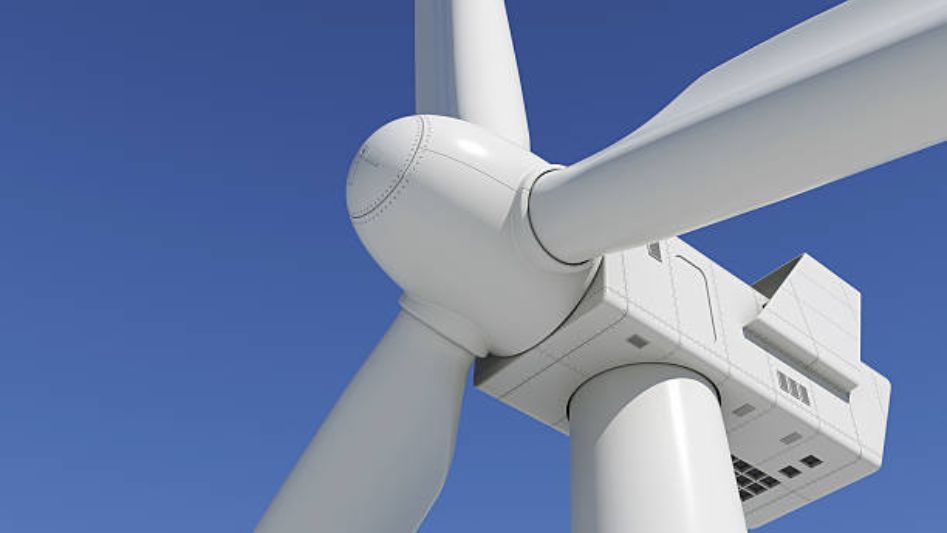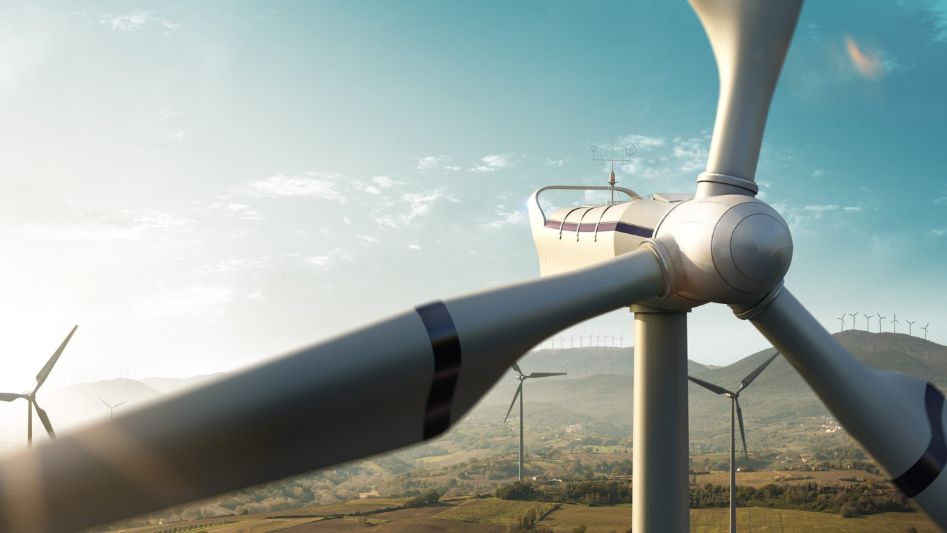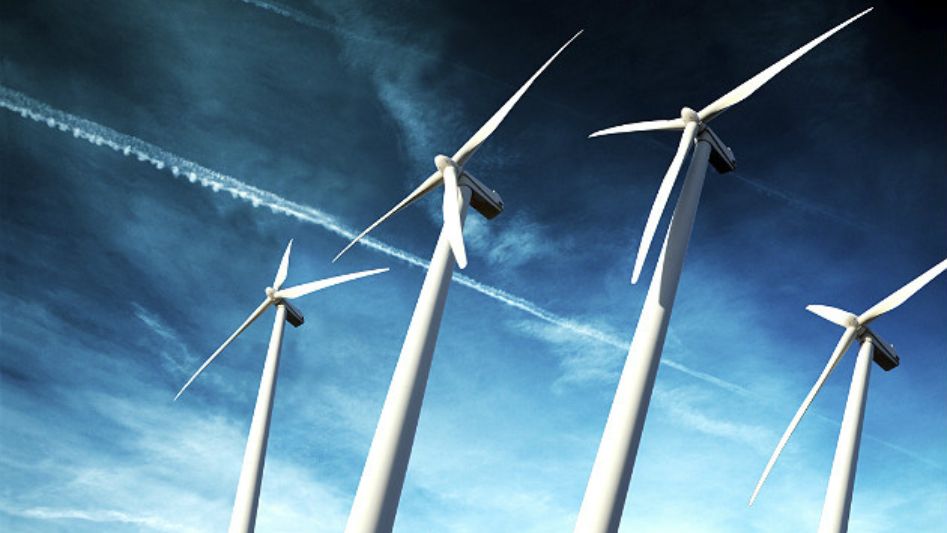This article explores how applying aerospace technology can enhance the efficiency of wind turbines, ultimately increasing the production of renewable energy.
Table Of Content
Introduction
Wind turbines are one of the most important sources of renewable energy. They have been around for a long time, and the technology has evolved a lot over the years. However, the efficiency of wind turbines still remains a challenge. This is where aerospace technology comes in. By leveraging advanced aerospace technology, it is possible to improve the efficiency of wind turbines and make them more reliable and cost-effective. This article explores how aerospace technology can be used to improve wind turbine efficiency.
We invite you to read: “Wind Power To Cut Cargo Ship Emissions 20%”
Importance of wind turbines in renewable energy
Wind turbines are a critical component of the renewable energy landscape. They are an important source of clean energy that can help reduce greenhouse gas emissions and combat climate change. Wind turbines are also highly versatile and can be installed in a wide range of locations, from remote rural areas to densely populated cities.
Limitations of wind turbine technology
Despite their many advantages, wind turbines face several limitations that can impact their efficiency. One of the primary challenges is variability in wind speed and direction, which can cause turbulence and reduce the energy output of the turbine. Other factors that can impact wind turbine efficiency include mechanical wear and tear, design limitations, and maintenance requirements.
How aerospace technology can improve wind turbine efficiency:
Aerospace technology has a lot to offer in terms of improving wind turbine efficiency. Here are some of the key ways in which aerospace technology can be used to enhance wind turbine performance:
a. Design optimization
Aerospace technology can help optimize wind turbine design for maximum efficiency. This includes designing blades that are optimized for different wind conditions and incorporating innovative features such as winglets that reduce drag and improve lift. Additionally, advanced computer modeling and simulation can be used to optimize the entire wind turbine system, including the generator, gearbox, and control systems.
b. Advanced materials
Aerospace technology has led to the development of advanced materials that can be used in wind turbines. For example, lightweight composite materials can be used to construct blades that are more durable and efficient than traditional metal blades. These materials can also reduce the weight of the blades, which can help improve energy output and reduce maintenance requirements.
c. Aerodynamic modeling and simulation
Aerodynamic modeling and simulation are critical components of wind turbine design optimization. By using advanced computational fluid dynamics (CFD) software, engineers can simulate airflow around wind turbine blades and other components to identify areas of turbulence and drag. This information can then be used to optimize the design of the blades and other components for maximum efficiency.
d. Control systems
Aerospace technology has also led to the development of advanced control systems that can improve wind turbine efficiency. These systems can monitor wind conditions and adjust the angle of the blades and other components to maximize energy output. They can also detect and respond to mechanical issues, such as imbalances in the rotor, to prevent damage and reduce downtime.
We invite you to read: “The Power of Aerodynamics: Lessons from Wind Turbines and Formula 1 Cars”
Real-world examples of aerospace technology in wind turbines
There are many examples of aerospace technology being used in wind turbines today. One such example is GE’s Haliade-X wind turbine, which incorporates design elements from the aerospace industry. The Haliade-X features 107-meter blades that are optimized for maximum efficiency, as well as a control system that can adjust the angle of the blades to adapt to changing wind conditions.
Challenges and future outlook
While aerospace technology has a lot to offer in terms of improving wind turbine efficiency, there are also several challenges that need to be addressed. These include the cost of implementing advanced aerospace technology in wind turbines and the need for skilled engineers and technicians to design, install, and maintain these systems. Additionally, there are still many unknowns about how wind turbines will perform over the long term, particularly as they are installed in increasingly complex and varied environments.
Conclusion
Wind turbines are a vital component of the global transition to renewable energy. By leveraging advanced aerospace technology, it is possible to improve the efficiency and reliability of wind turbines, making them more cost-effective and competitive with other forms of energy. While there are still many challenges to be addressed, the future of wind turbine technology looks bright, and it is likely that we will continue to see significant advances in this field in the years to come.
We invite you to read: “The Benefits of Implementing Vertical Axis Wind Turbines Offshore”
FAQ
How can aerospace technology improve wind turbine efficiency?
Aerospace technology can improve wind turbine efficiency through design optimization, advanced materials, aerodynamic modeling and simulation, and control systems.
What are some real-world examples of aerospace technology in wind turbines?
One example is GE’s Haliade-X wind turbine, which features optimized blades and a control system that can adapt to changing wind conditions.
What are the challenges and future outlook for wind turbine technology?
Challenges include the cost of implementing advanced technology and the need for skilled technicians. Despite these challenges, the future of wind turbine technology looks promising, with continued advances expected to improve efficiency and reliability.
You May Also Like
- Martian Wind Energy: A Science Fiction Look at the Possibility of Wind Turbines on Mars
- From the Skies to the Land: How Airplane Design Influences Wind Turbine Design
- Designing Wind Turbine Projects for Optimal Performance in Properly Development
- The Science Behind How Wind Turbines Generate Electricity
- Innovation in Typhoon-Resistant Wind Turbine Design
External Links
- Advancements in Wind Turbine Technology: Improving Efficiency and Reducing Cost
- What emerging technologies will make wind energy more efficient?
- Future emerging technologies in the wind power sector: A European perspective
- Types of wind turbines: which one generates the most energy?




